The middle width skis strike a suspiciously good balance of float, stability, power, and lack of weight
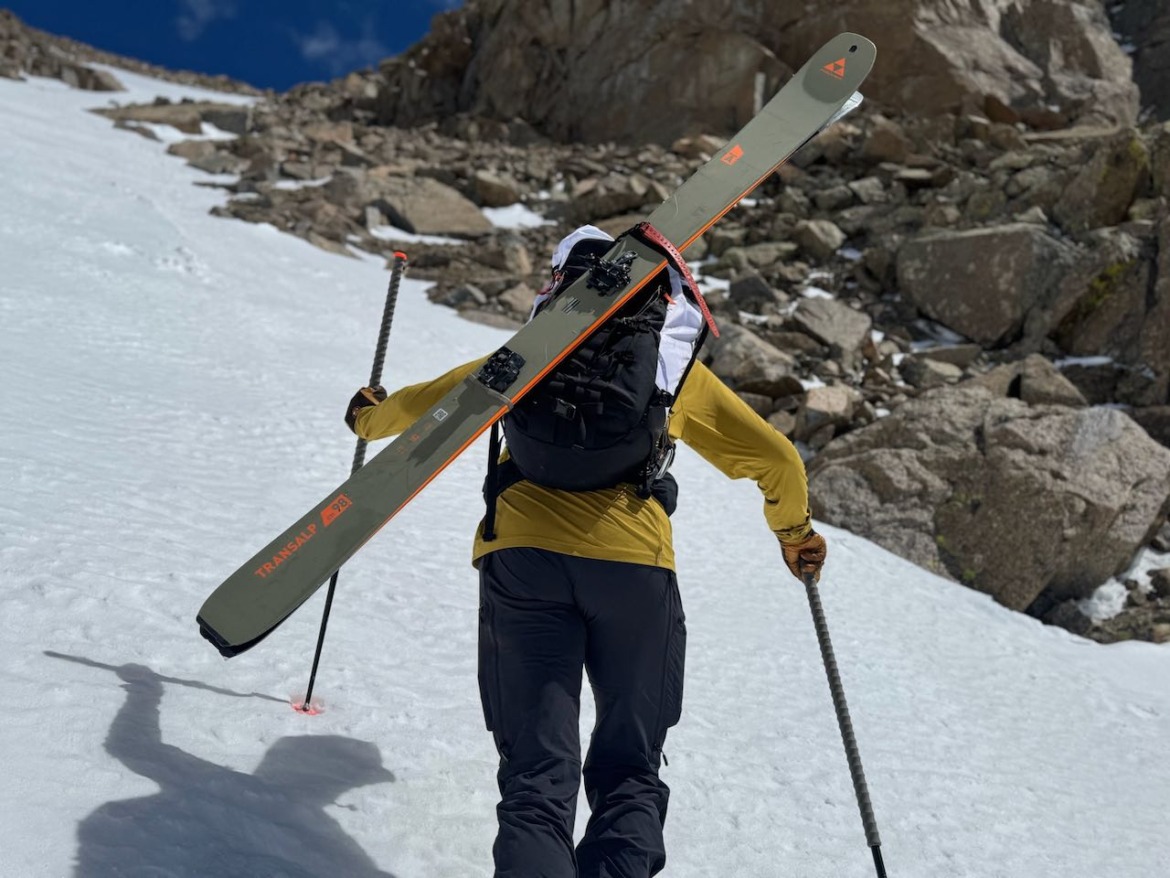
I couldn’t help but regret my ski choice for a hot second when I showed up to a fresh foot of snow blanketing the glaciers around Chamonix. I had agonized over which skis to bring on the trip for weeks. One ski to do it all in a mecca of big skiing on vast, glaciated, and challenging terrain? It’s a tall order. Fischer’s Transalp 98 CTI’s got the nod. But that regret alleviated pretty quickly as I got to know them better.
It turns out they had the fresh powder covered. They powered and surfed through fluff, corn later in the week, and held a confidence-inspiring edge on steep hardpack. And 1,500g per ski on the skin tracks didn’t leave me with many excuses.
Even after returning to my home mountains in Colorado, I’ve continued reaching for the Transalp 98 CTI’s over wider, skinnier, shorter, and longer skis alike. The Transalp 98s check a lot of boxes for most of the terrain I typically find myself in. And as you’d expect from their all-rounder geometry, they’ve proved more versatile than my conditions- and mission-specific setups.
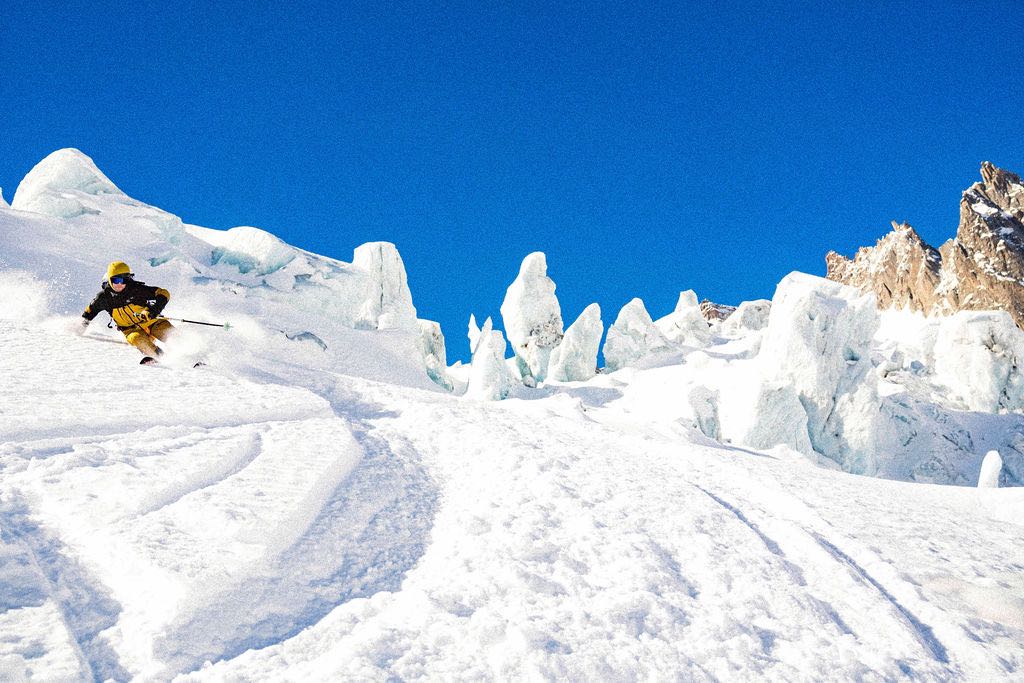
Photo: Clayton Herrmann
Fischer Transalp 98 CTI
The Transalp 98 CTIs are Fischer’s second widest touring-specific ski behind the powder-oriented Transalp 105 CTI. The Transalp line also includes 92mm and 86mm underfoot models in both “Pro” and normal versions. The Transalp RC skimo race ski rounds out the collection.
The Transalp 98 CTIs sport a full wood core milled out to save weight, carbon stringers, stout ABS sidewalls, and an externally visible 0.5mm fork-shaped Titanal sheet in the middle of the skis (CTI stands for Carbon Titanal). It’s a build nearly identical to the Transalp 92 CTI that I’ve skied extensively. Just a bit wider.
One weird quirk that will only impact skiers on the eastern tail of the skier height/weight/aggressiveness bell curve is that the Transalp 98 CTI’s top out at 183cm length. That’s a hair shorter than my preferred 185cm – 190cm range for “big boot” skis (I’m 6’1”, 195lbs for reference). They’re also offered in 155, 162, 169, 176, and 183cm lengths for everyone else. But given their easy character, I wouldn’t hesitate to size these puppies down into little boot territory.

Ski Setup
I mounted the Transalp 98 CTIs with the bindings that, in my opinion, maximize the weight-to-price-to-performance trifecta better than most – the Marker Alpinist 12s sans brakes which weigh in at 297g each. Skin traction was courtesy of Pomoca’s new grippy and glidy Tour Pro skins.
I threw a spectrum of different boots at the helm of the Transalp 98 CTIs, beginning in Chamonix with my four-buckle Tecnica Zero G Tour Pros. That light four-buckle boot was the more powerful component of the pairing, but overall the two skied in harmony. That boot squeezed every ounce of juice out of the Transalp 98 CTIs in freeride conditions. In the mix of snow quality and partially lift-served terrain around Chamonix, they were the right choice. But in my day-to-day backcountry skiing in Colorado, they felt like overkill on such a light ski.
Scarpa’s newest Maestrale RS felt like an almost perfect match for the Transalp 98 CTIs in most conditions. Their wider range of motion compared to the Tecnica Zero G Tour Pro and Fischer Transalp Carbon Pro boots matched the lightweight character of the skis on the skin track. Their forward lean and stiff cuff were plentifully powerful for the easy but directional character of the Transalp 98 CTI’s.
On the light-and-fast end of the spectrum, my very light La Sportiva Kilo’s didn’t provide quite enough support to ski the full-sized version of the Transalp 98 CTI’s in mixed conditions, so I moved away from that pairing after one tour. But I’d wager that one size shorter would yield a nice little lightweight pairing.
So yeah, these middle-width skis pair best with middle-weight boots. 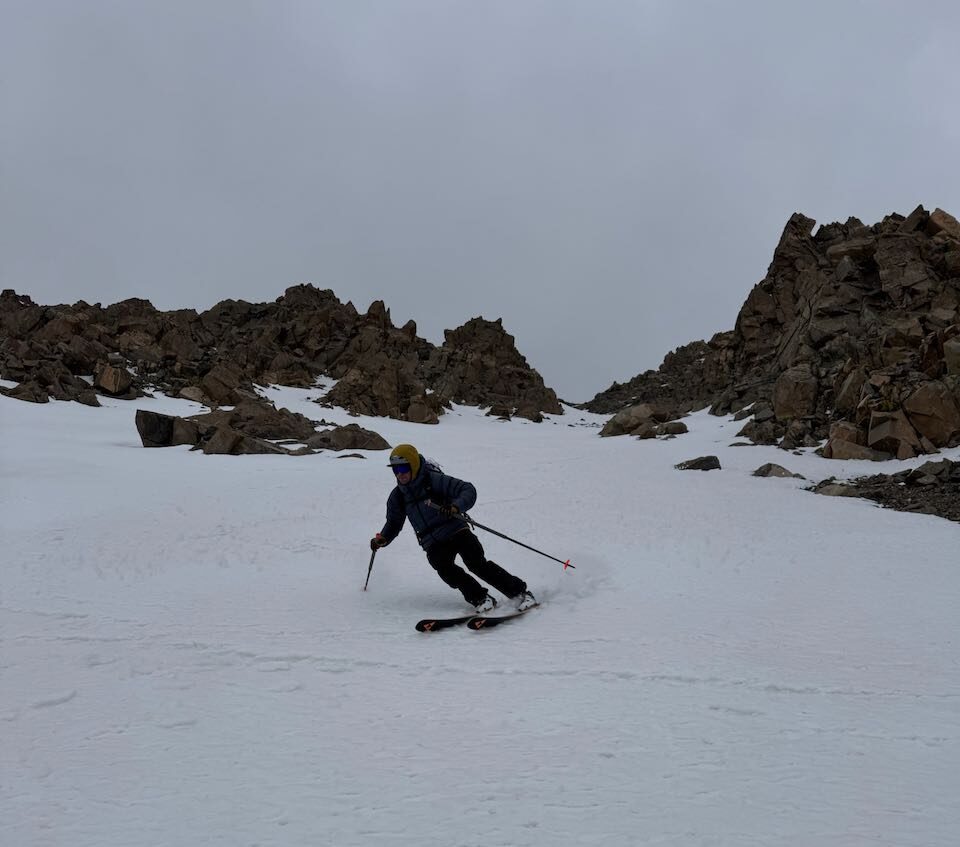
Skiing Performance
We’re in pretty deep at this point, but I could end this ski review here by replacing the rest with the following sentence: The Transalp 98 CTIs are light, intuitive, well-rounded, and versatile. They’re really not that complicated. So if that’s what you came here for, feel free to skip the rest.
Going from best snow to worst, let’s start with powder. The Transalp 98 CTI’s big rocker and 133mm shovels tips made them plenty floaty in the fluffy stuff. Floatier than you’d expect given the middle-of-the-road dimensions. Better than a powder ski? Of course not. But when our crew was bouncing through a foot of fresh on the Argentière glacier, I wasn’t desperately missing my 4FRNT Renegades. Their shovels were eager to stay afloat and remained lively, willing to pivot with a flick of the feet and a little forward pressure.
The Transalp 98 CTIs remained solid once the powder started consolidating into denser piles. The moderately stiff underfoot section of the ski, supported by the Titanal fork, resisted folding when I plowed them into more fortified pillows. They didn’t flop all over the place like light skis can. They stayed poised when I pushed them to higher speeds in choppy snow, and the same goes for corn. They’re formidable and admirably Austrian in character.
It’s chunky snow and a mix of hard and soft conditions where the Transalp 98 CTI’s felt more fortified than other skis in this weight class. They don’t shy away from leaning into fast and loose freeriding. But they do have a limit, like all light skis do – their lack of mass and deep rocker can get a little bit squirrely at full blast. But even as a large, aggressive skier with big boots, I didn’t hit that ceiling easily or often. 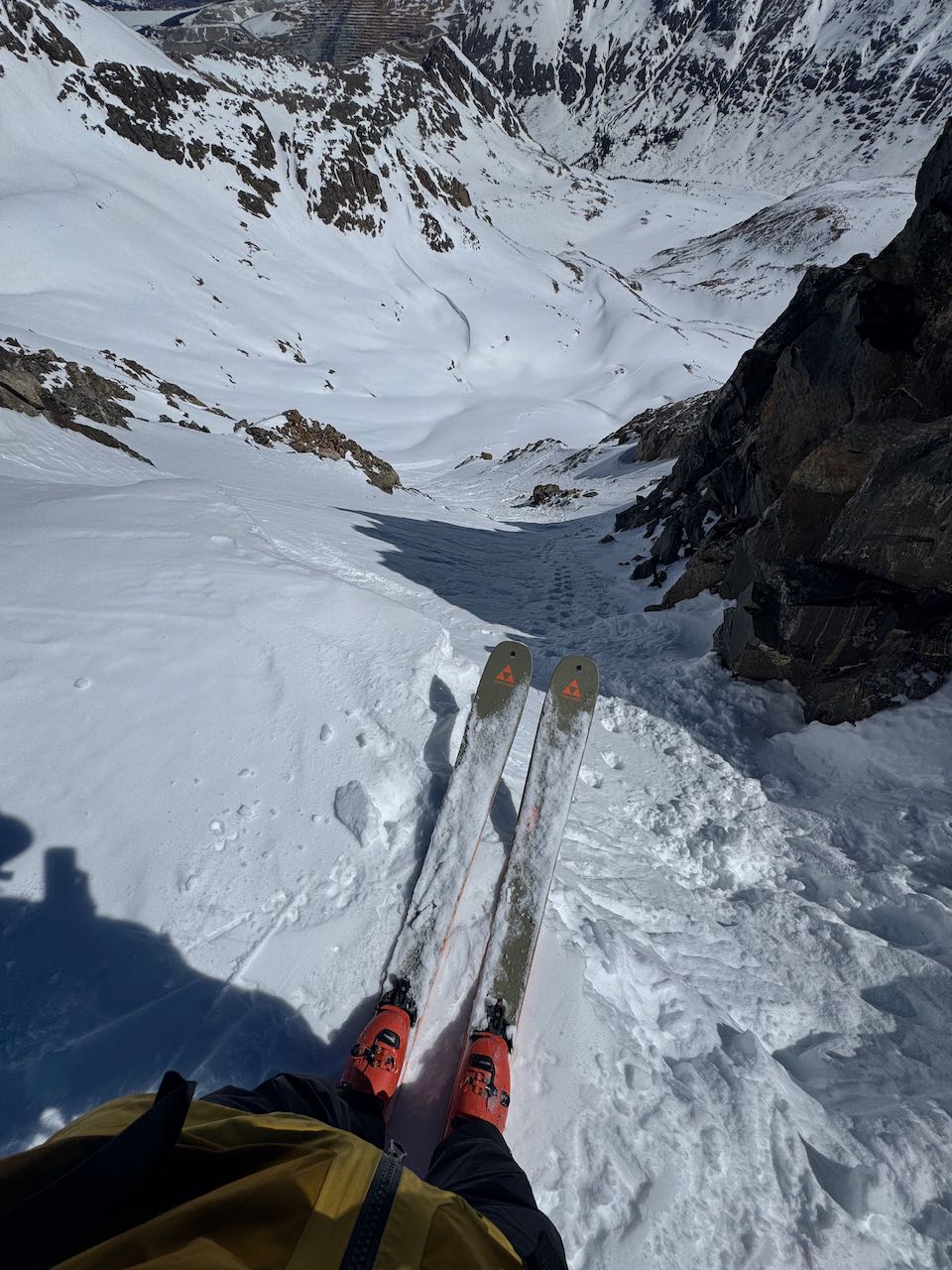
I ended up choosing my Transalp 98 CTIs more often than anything else in my quiver for couloir hunting and longer spring days, especially for the mixed snow conditions that Colorado has offered this season. When things got steep and firm, the 98 CTIs felt easy. The rocker, low swing weight, and generally easy character helped them jump turn on a dime. Yet, it was easy to plant their edges without sliding around too much, too.
In truly terrible snow, the Transalp 98 CTIs weren’t bad , and I mean that as mostly a compliment. Being so light, I had to dial down the speed big time in hard, abrasive snow and coral reef conditions. I didn’t die in breakable crust. The big rockered shovel kept them agile. A steadfast backbone gave them adequate stability. The tapered, slightly rockered tail didn’t exactly disappear, but they released without too much effort.
Comparisons
It’s been a few years since I’ve ridden the Black Crows Navis Freebirds, but I think they’re a good contrast to the Transalp 98 CTIs since their dimensions are in the same ballpark, and a lot of skiers are familiar with the lime green French crushers. Compared to the Transalps, the Navis Freebirds are a little bit “more” in just about every way. They’re obviously wider, and logically more floaty in powder, more freeride-oriented, and more on the scale at about 1,825g per ski.
The Transalp 98 CTIs are no slouch in these regards. But these two skis are fundamentally different in that the Fischers are very light – they do a lot with a little. The Navis Freebirds do a lot with more (~1.4lbs heavier per pair). The Fischers do have the edge in tight spaces – they’re much quicker and easier to whip around.
For Fischer aficionados, the Transalp 98 CTIs are one step up in width from the Transalp 92 CTIs. Despite sharing most design characteristics like the milled out wood core and titanal fork, the two skis are quite different on the snow. The 92s are stiff, precise, and not particularly freeridey with a generally long effective edge. They’re steeps weapons that can handle other terrain too.
The 98s are more fun at baseline. By “fun” I mean looser, floatier, and pivoty-er. They have significantly more rocker that lets them eat crud and navigate breakable crusts more fluidly. A relatively shorter tail means you can point them down the fall line without feeling like you’ll go over the bars. Where the 92s float like 85cm wide skis, the 98s float like skis in the 100cm+ range.
And despite the faster and looser energy, light weight, and generous rocker, the 98’s can hold a solid edge on steep ice and crust in the same general league as the 92s – the familial resemblance and attention to torsional stiffness is obvious even if the 98s have a much shorter effective edge.
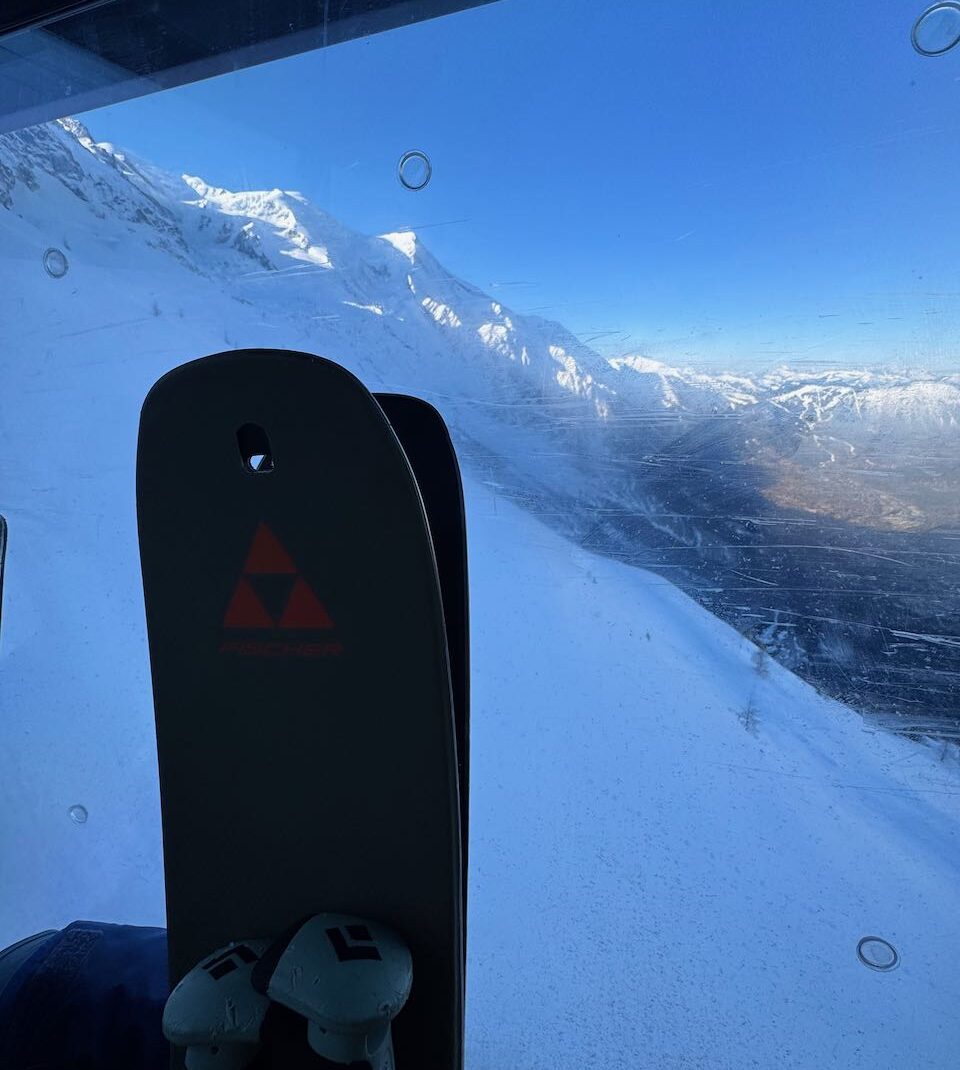
Conclusion
The Fischer Transalp 98 CTIs are the most well-rounded backcountry skis I’ve been on in a long time. They manage a really nice balance of enough rocker without going overboard, solid torsional stiffness, an agreeable yet relatively powerful flex profile, and a light weight that’s tough to argue with. For those reasons, I’ve found them particularly versatile. They’ve turned into my default ski March through May in Colorado.
So who are they for? Skinny ski diehards could realistically find a lightweight powder ski in the Transalp 98s. Freeriders with other powder skis could slot them in as their skinnier couloir or volcano ski given that they’re plentifully light on the backpack. Ski hoarders like me with an unreasonably large quiver might find themselves reaching for the Transalp 98s more than anything else.
On the flip side, those skiers dead set or limited to owning a single pair of backcountry skis could hardly do better than the Transalp 98 CTIs with their balance of weight, profile, and overall character through the snow spectrum.
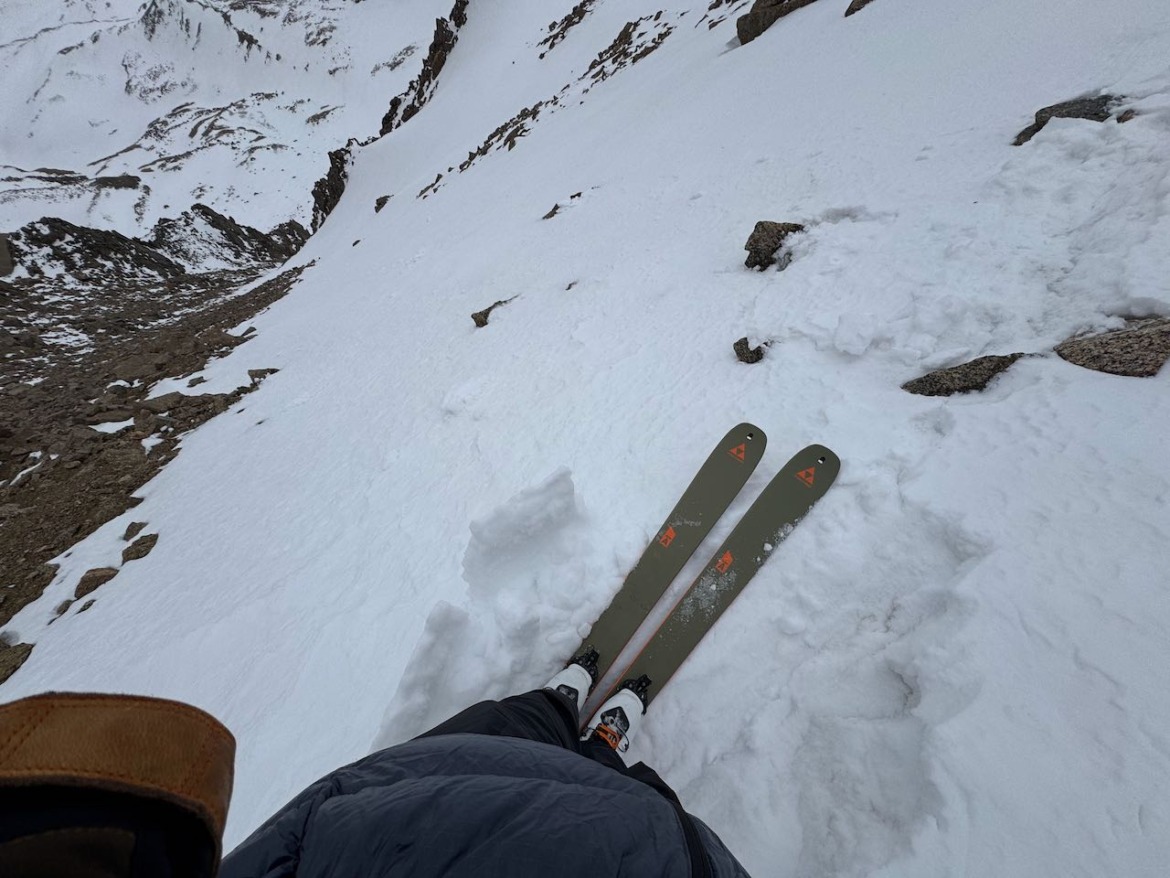
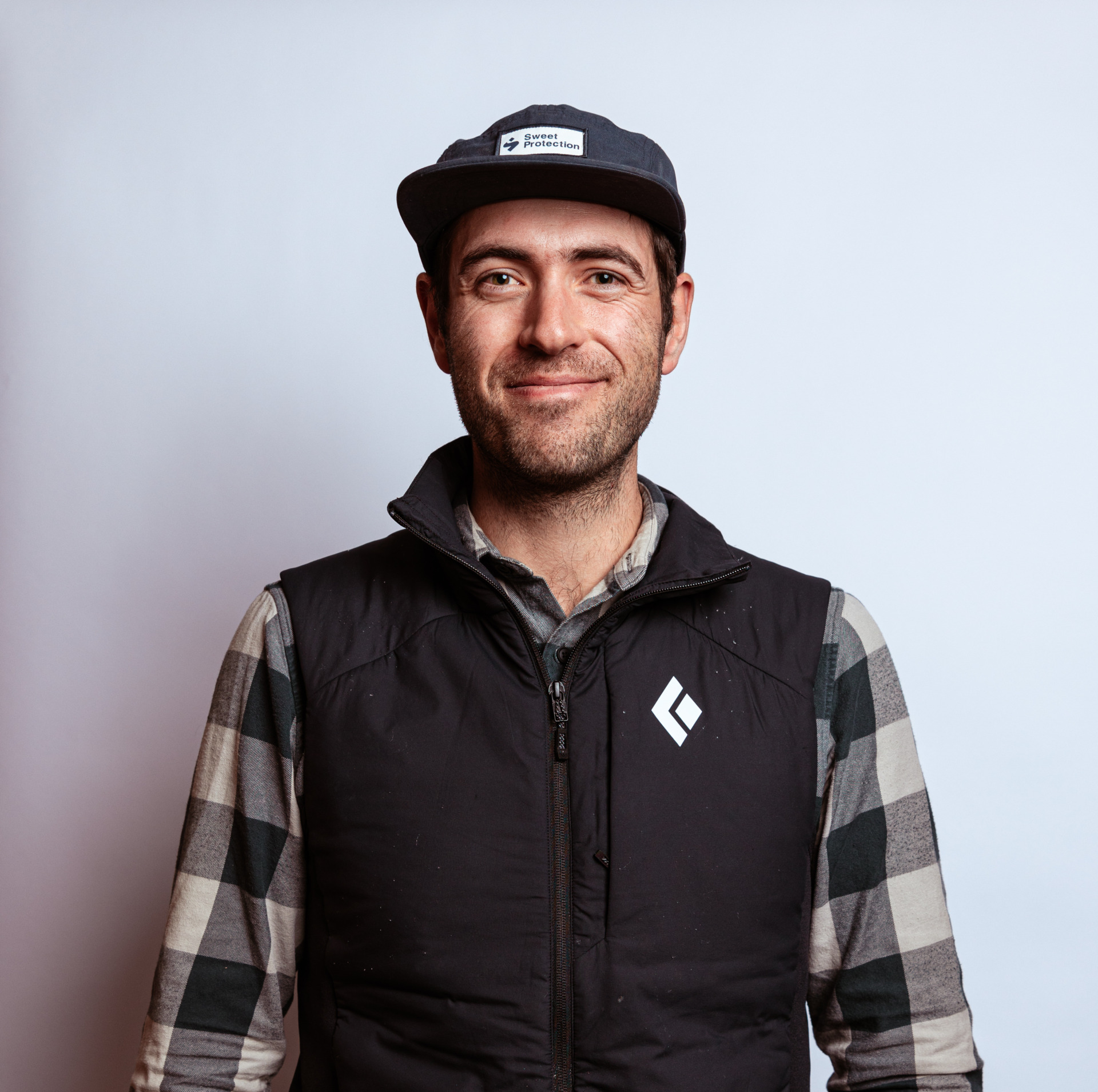
Bergen Tjossem is a ski fanatic, conservation professional, and nature nerd based in Vail, Colorado. His life and career have centered around protecting the natural environment and public lands that raised him, but as Ed Abbey put it, “It is not enough to fight for the land; It is even more important to enjoy it.” So when he’s not working his day job, you’ll find Bergen ski touring before dawn, ice climbing in the dark, running trails until his legs fall off, skiing 13er’s with his friends, or making the world’s best pizza with his wife, Rachel. You can find him on Instagram.
